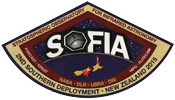Prologue
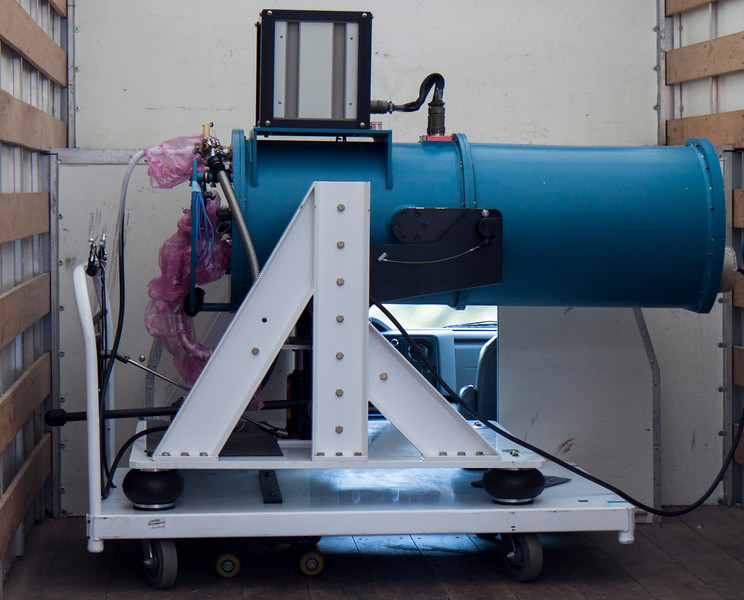
FLITECAM is a 1-5 micron infrared camera and spectrometer designed for NASA's Stratospheric Observatory for Infrared Astronomy (SOFIA). Here shown on the truck at UCLA, about to be driven to Building 703 in Palmdale where SOFIA is based.
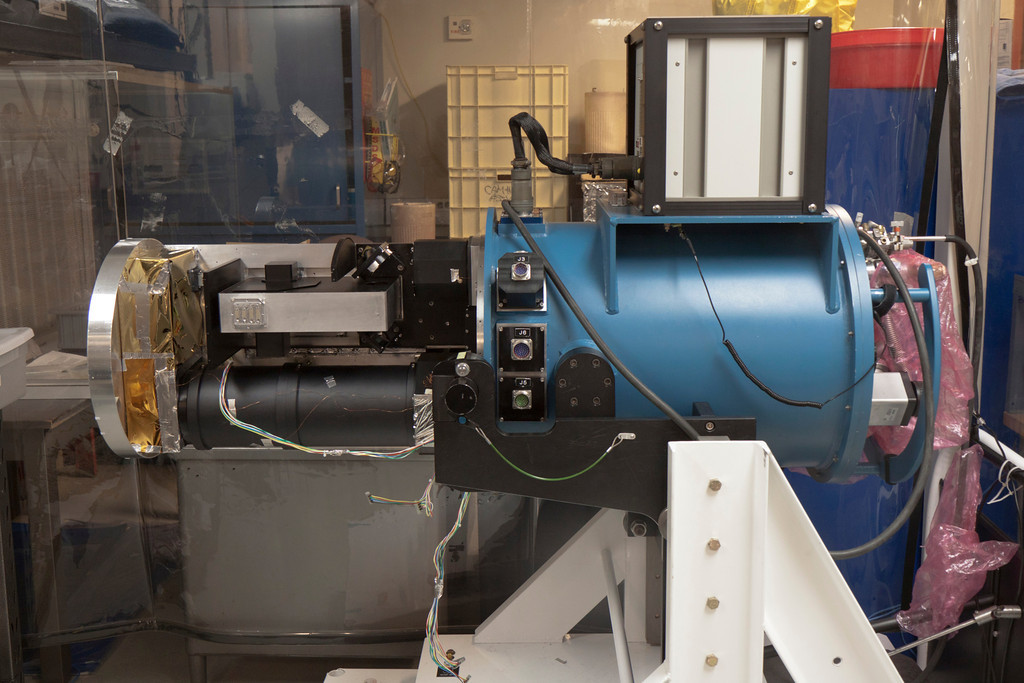
It was designed and built as the "First Light Instrument TEst CAMera" for SOFIA by the UCLA Infrared Lab under the leadership of Professor Ian McLean, Principal Investigator (PI). This shows FLITECAM inside the clean room at UCLA.
While SOFIA underwent development challenges of its own, FLITECAM obtained its first light at Lick Observatory in 2002. It made several trips to Lick, and even one to Lowell Observatory, shown here in 2004, to co-mount with HIPO (High-speed Imaging Photometer for Occultations: P.I. Ted Dunham) for the first time. Photo credit unknown.
Amy Mainzer (PhD 2003), FLITECAM's 1st graduate student, pulled all of the optics together for first light at Lick Observatory in 2002.
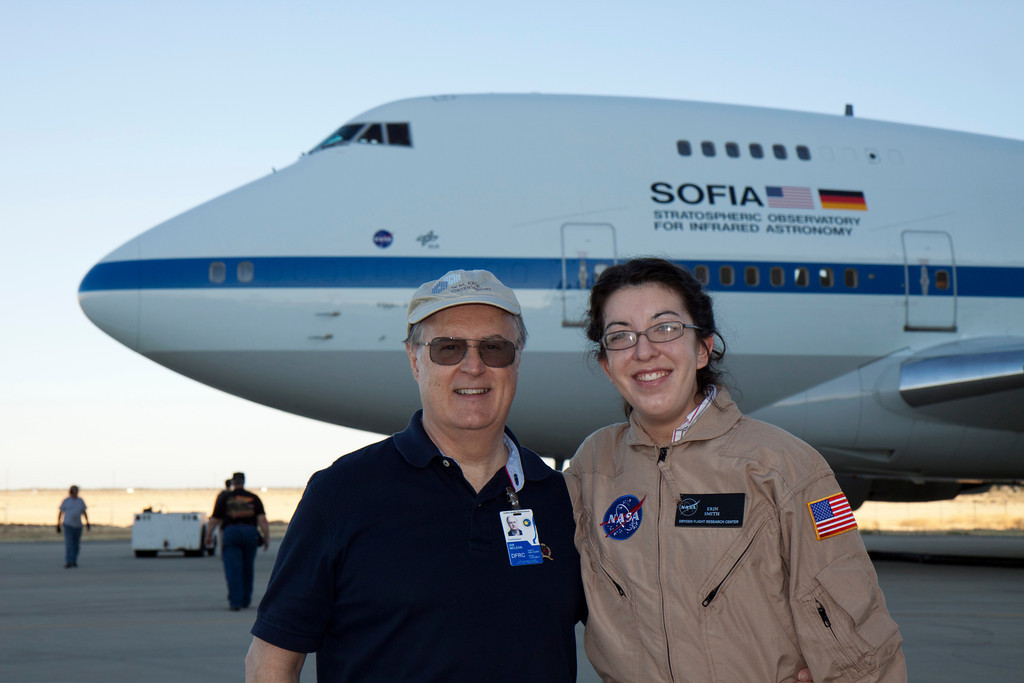
After two successful PhD students, and multiple trips to Lick Observatory while SOFIA was developed, FLITECAM was finally delivered to SOFIA in 2011. Ian McLean with former student Erin Smith (PhD 2008) before FLITECAM's 1st flight in 2011.
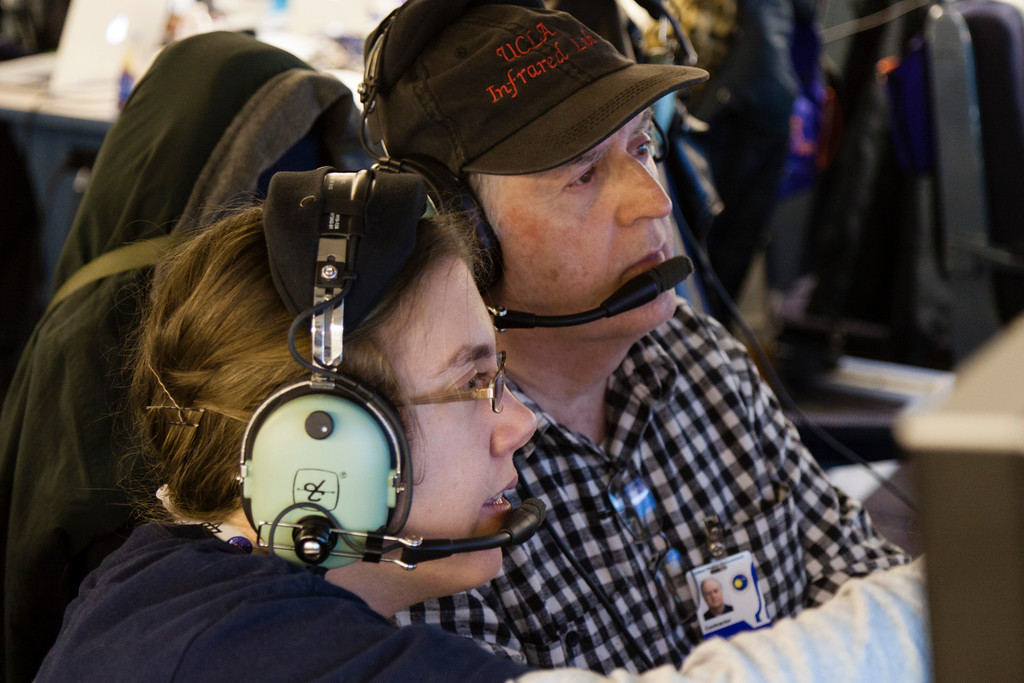
One final PhD student for FLITECAM, Sarah Logsdon, shown on-board FLITECAM's 8th flight with SOFIA, sitting with Professor McLean.
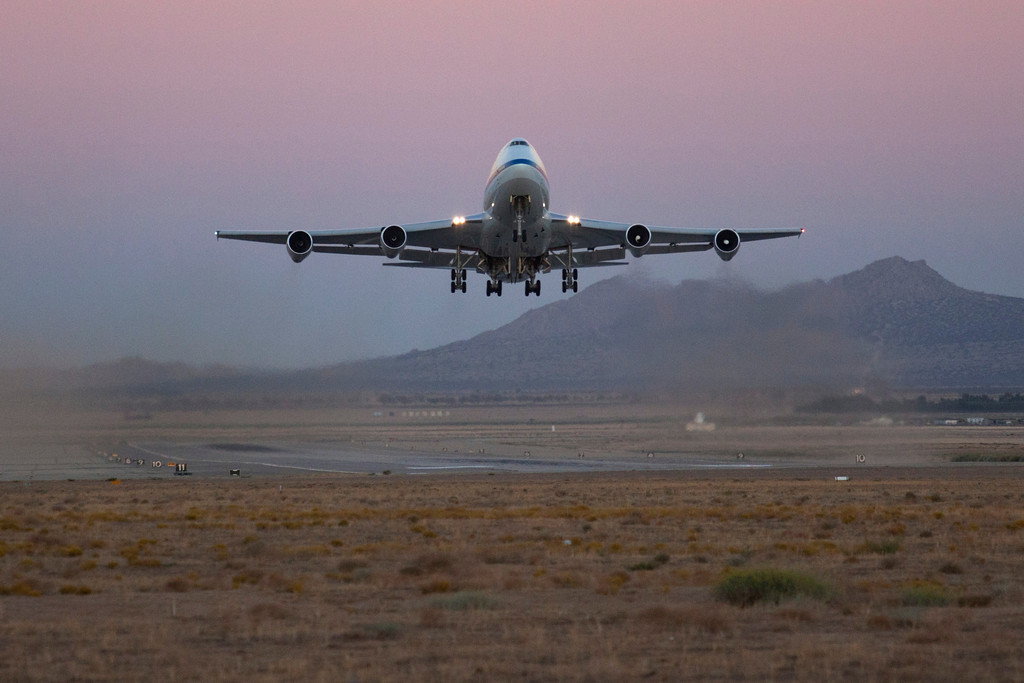
After 12 flights on SOFIA, the instrument was officially accepted to the program in 2015. Just in time for SOFIA's southern hemisphere deployment to New Zealand!
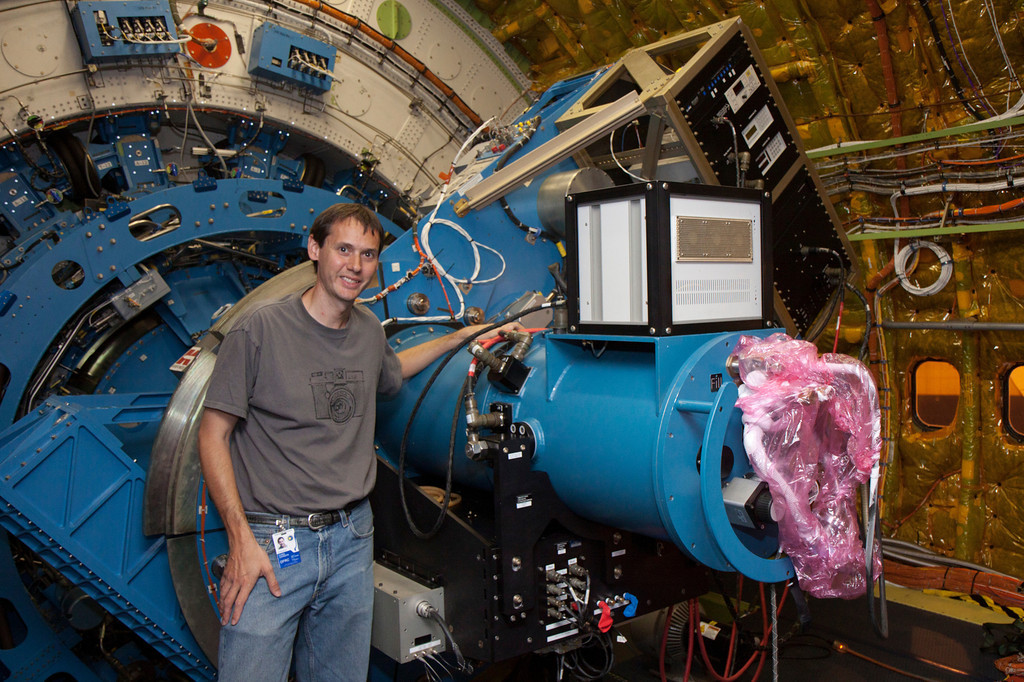
My name is Chris Johnson, and I'm the Systems Administrator at the UCLA Infrared Lab. I have had the good fortune to work on FLITECAM for the last 8 years. I was lucky enough to be chosen, along with Sarah and Ken Magnone, to fly to New Zealand to support the Pluto Occultation flights of SOFIA. What follows is a photographic journal, which I hope gives a glimpse into this exciting, challenging mission.
